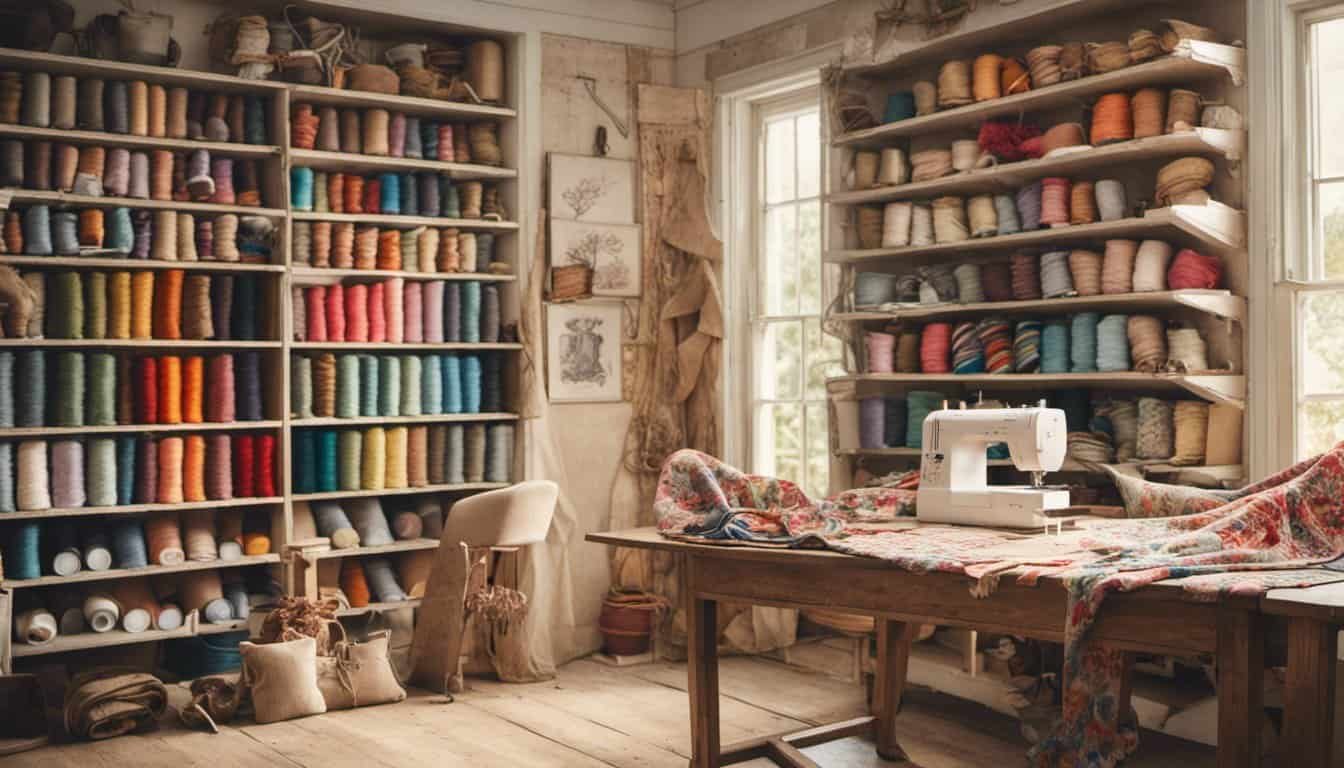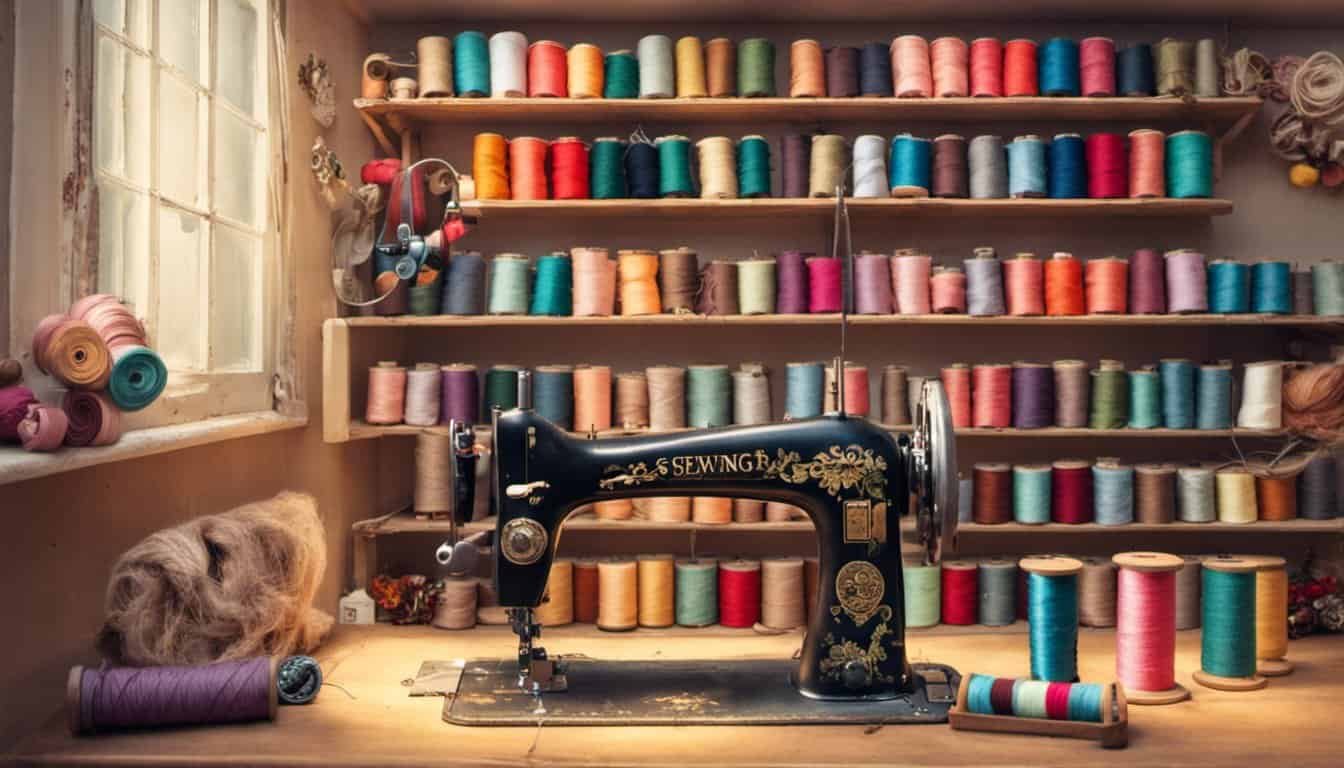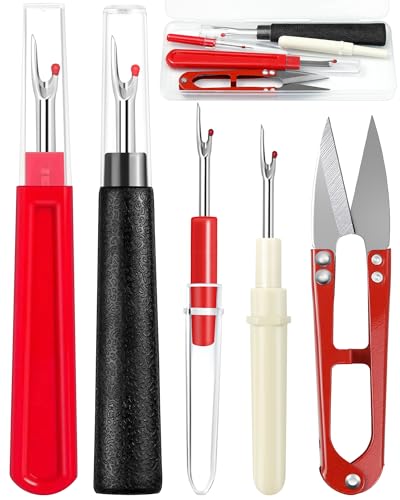There’s something timeless about a bow tie—it’s a small accessory that makes a big statement. Whether you’re dressing up for a wedding, a formal dinner, or just want to add a touch of charm to your outfit, a handmade bow tie is the perfect way to stand out. Plus, creating your own lets you pick the fabric, pattern, and style that truly matches your personality.
Why Make Your Own Bow Tie?
Creating a bow tie by hand lets me express my personal style. I can pick fabrics, patterns, and colors that aren’t available in store-bought options. For instance, I might choose a bold paisley print for a festive occasion or a subtle solid color for a formal event.
Sewing a bow tie saves money, especially compared to high-quality retail options. Premium bow ties often cost $50 or more, but I can make mine for a fraction of that while using high-end materials like silk or linen.
Personalized sizing ensures a perfect fit, which is crucial for comfort and appearance. Whether it’s a slim or oversized design, I control every detail of the final piece.
Making a bow tie adds a unique touch to gifts. Handcrafted accessories feel thoughtful and special for friends or family, especially for milestones like weddings or graduations.
Sustainability is another benefit. By using leftover fabric from other projects or eco-friendly materials, I create stylish accessories while reducing waste.
Materials And Tools Needed
Creating a bow tie requires specific materials and tools to ensure a high-quality result. Careful selection of the fabric and necessary equipment makes the sewing process much smoother.
Types Of Fabric To Choose From
Choosing the right fabric impacts the appearance and durability of the bow tie. Common options include:
- Cotton: Easy to sew and comes in a variety of patterns, such as stripes or polka dots, perfect for casual or semi-formal events.
- Silk: Known for its luxurious sheen, ideal for formal occasions like weddings or black-tie events.
- Velvet: Adds texture and sophistication; best for evening wear or winter gatherings.
- Linen: Lightweight and breathable, suitable for spring or summer events.
- Satin: Offers a smooth finish similar to silk but is often more affordable.
Light to medium-weight fabrics work best as they hold the bow tie’s shape without requiring heavy interfacing.
Essential Tools For Sewing
Specific tools help achieve a professional look and simplify the sewing process. Key items include:
- Scissors: Fabric scissors for precise cuts and small scissors for trimming threads.
- Measuring Tape: Ensures accurate measurements for the dimensions of the bow tie.
- Pins or Clips: Keeps the fabric layers aligned during cutting and sewing.
- Needles: Sharp hand sewing needles for finishing details or a universal needle for machine sewing.
- Sewing Machine: Speeds up the process and ensures even stitches.
- Iron and Ironing Board: Presses creases and seams for a polished finish.
- Marking Tools: A chalk pencil or water-soluble marker for drawing patterns on fabric.
- Interfacing: Adds structure to the bow tie, particularly for lightweight fabrics.
Each of these materials and tools is essential for crafting a bow tie that looks stylish and professional.
Step-By-Step Guide To Sewing A Bow Tie
Creating a bow tie is straightforward with the right steps and attention to detail. Here’s a step-by-step guide to help you craft the perfect bow tie for any occasion.
Measuring And Cutting Your Fabric
I always start by choosing a fabric piece that’s at least 24 inches long and 6 inches wide. These dimensions accommodate most bow tie patterns. Using a pre-made pattern or a homemade paper template, I trace the bow tie’s shape onto the backside of my chosen fabric. To ensure accuracy, I use chalk or a washable fabric marker.
Once traced, I carefully cut along the lines with fabric scissors. If I’m using a patterned fabric, I align the design symmetrically to enhance the final look. I also cut interfacing to match the fabric shapes, as it adds structure to the bow tie.

Assembling The Pieces
After cutting, I layer the fabric pieces with the right sides facing each other and sandwich the interfacing between them. I secure everything in place with sewing pins. This step helps align edges and ensures all pieces stay stable while sewing.
For accurate assembly, I double-check that the fabric edges match perfectly, particularly around curves and corners, as it directly affects the bow tie’s symmetry.
Sewing And Shaping The Bow Tie
Using my sewing machine, I sew along the edges of the fabric, leaving a small 2-inch gap on one side for turning the bow tie right-side out. I keep my stitches neat and around 1/4 inch from the edge. For the corners, I pause, lift the presser foot, and pivot the fabric before continuing.
After sewing, I clip any excess fabric around the curves and trim the corners for a smoother finish. Then, I use the small gap to turn the bow tie right-side out, carefully pushing out the corners with a blunt tool like a chopstick. Once the shape is precise, I press the bow tie with an iron to remove creases.
Adding Finishing Touches
To close the gap, I use a ladder stitch for an invisible seam. Then, I fold the bow tie at the center and adjust it to create the desired bow shape. If the bow tie is for a pre-tied style, I attach an adjustable neckband or pre-sewn strap using a hand needle and thread. For self-tied bow ties, I leave the ends loose but pressed and neatly finished.
« Master Sewing Jeans: The Ultimate Guide to Crafting Perfectly Fitted Pants at Home
How to Make a Laptop Sleeve with Fabric: Easy DIY Tutorial for Style and Protection »
Finally, I inspect the bow tie, pressing it again for a crisp, polished look. If it’s a gift, I package it elegantly to enhance its presentation.
Tips For Perfecting Your Bow Tie
Creating a bow tie involves precision and creativity. With attention to detail and the right techniques, it’s possible to achieve a polished, professional finish.
Common Mistakes To Avoid
- Choosing the Wrong Fabric
Light or stretchy fabrics, like jersey or chiffon, can make shaping difficult. I recommend sturdy materials like cotton or silk to maintain structure.
- Inaccurate Measurements
Skewed measurements affect the fit. Double-check dimensions with a measuring tape before cutting to ensure even proportions.
- Neglecting Interfacing
Skipping interfacing can make the bow tie floppy. Use fusible interfacing for added stiffness and durability, especially with lightweight fabrics.

- Improper Seam Alignment
Misaligned seams make the bow tie asymmetrical. Match edges precisely and pin them before sewing.
- Irregular Stitching
Uneven stitches detract from the overall look. Set your machine to an appropriate stitch length and sew slowly, guiding the fabric smoothly.
Styling Ideas For Different Occasions
- Weddings
Choose elegant fabrics like satin or silk. A classic black or pastel bow tie complements most wedding themes.
- Formal Events
Opt for velvet or jacquard fabrics in bold, dark hues such as navy or deep burgundy. These materials exude sophistication for galas or dinners.
- Casual Gatherings
Cotton with playful patterns such as polka dots, stripes, or florals works well. Pair these with light-colored shirts for a relaxed vibe.

- Seasonal Celebrations
Select festive prints for holidays, like snowflakes for winter or pumpkins for fall. These add charm and align with the season’s spirit.
By avoiding common errors and customizing designs for specific occasions, I ensure my bow ties stand out and fit perfectly.
Care And Maintenance For Your Bow Tie
Proper care ensures your handmade bow tie retains its appearance and durability for years.
Cleaning Your Bow Tie
Handwash bow ties unless the fabric label specifies otherwise. Use cold water and mild detergent to avoid shrinking or fading. For silk ties, spot clean with a damp cloth to prevent damage. Always check the fabric type before choosing a cleaning method.
Drying Tips
Air dry bow ties by laying them flat on a clean surface or hanging them by the adjustable strap. Avoid direct sunlight to prevent discoloration, especially in vibrant or printed fabrics like cotton or satin.

Ironing and Shaping
Lightly iron bow ties using a low heat setting. Place a thin cloth between the iron and the fabric to avoid direct heat damage, especially for delicate materials like silk or velvet. Focus on keeping the edges sharp for a polished look.
Proper Storage
Store bow ties in a cool, dry place to prevent fabric distortion. Use a bow tie storage box, hang them on a tie rack, or fold them neatly in a drawer. For pre-formed ties, avoid crushing to maintain their shape.
Quick Fixes for Wear and Tear
Repair loose stitches immediately by securing them with a needle and thread of matching color. Replace worn-out adjustable straps or clasps to extend their lifespan. For frayed fabric edges, trim carefully with sharp scissors and apply a fabric sealant if needed.
Consistently following these steps helps preserve your bow tie’s quality and style for every occasion.
Conclusion
Sewing your own bow tie is such a rewarding experience. It’s not just about creating a stylish accessory—it’s about crafting something unique that reflects your personality and creativity. Whether you’re making one for yourself or as a thoughtful gift, the effort and care you put into it truly make it special.

With the right materials, tools, and a little patience, you can design a bow tie that’s perfect for any occasion. Plus, knowing how to care for your handmade piece ensures it’ll stay in great condition for years to come. So grab your fabric, get creative, and enjoy the process—you’ve got this!

















